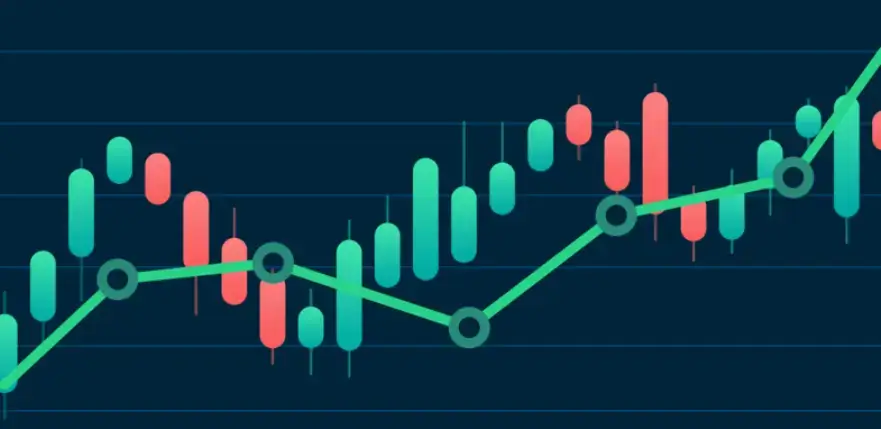What Is Statistical Arbitrage Market Making?

In the vast world of finance, innovative strategies continue to emerge as market participants seek opportunities to maximise their returns. One such strategy that has gained significant attention is statistical arbitrage market making. This arbitrage market-making exploits pricing inefficiencies in financial markets using advanced statistical models and automated trading systems. This article will explore the concept of arbitrage market-making and shed light on its potential benefits for investors.
Understanding Statistical Market Making
Statistical market making combines statistical analysis and algorithmic trading elements to identify and profit from short-term price discrepancies in financial instruments. This strategy assumes that securities prices will eventually revert to their mean or equilibrium levels, creating opportunities for profitable trades.
Developing a Statistical Model
Market-making is developing a robust statistical model at the core of arbitrage. This model analyses historical price data, volatility patterns, and other relevant market variables to identify potential trading opportunities. By applying sophisticated mathematical techniques, such as regression analysis, factor modelling, and time series analysis, traders can uncover patterns and relationships that may not be immediately apparent to the human eye.
Statistical Trading Strategies
Statistical market making employs various trading strategies to capitalise on pricing discrepancies. Let’s delve into two commonly used approaches:
Pair Trading: Pair trading involves identifying two related securities that have historically exhibited a high degree of correlation. The statistical model identifies instances when the price relationship between the two securities deviates from its historical average. If one security’s price appears undervalued relative to the other, the strategy involves buying the undervalued security while shorting the overvalued one. The trader aims to profit as the prices converge back to their mean.
Mean Reversion: Mean reversion strategies rely on the principle that a return to normalcy often follows extreme market movements. The statistical model identifies securities that have experienced significant price deviations from their historical averages. Traders take positions in anticipation of the price reverting to its mean, aiming to capture the profit generated by the correction.
Automated Trading Systems
Statistical market makers employ automated trading systems to execute trades swiftly and efficiently. These systems use predefined rules and algorithms to generate trade signals based on the statistical model’s output. Automated trading systems can execute trades at optimal prices and with minimal latency by removing human emotions and biases from decision-making. This real-time responsiveness is crucial in capturing fleeting market opportunities.
Benefits of Statistical Market Making
Diversification: Statistical market-making allows investors to diversify their portfolios by incorporating strategies that are uncorrelated with traditional investment approaches. This diversification potential can enhance risk-adjusted returns and provide a hedge against market downturns.
Reduced Market Exposure: The statistical arbitrage strategy commonly entails holding long and short positions concurrently, seeking to capitalise on relative price fluctuations. This strategy allows traders to mitigate directional market risk, as profits can be generated regardless of overall market movements.
Potential for Alpha Generation: Statistical market-making seeks to generate alpha, representing the excess returns obtained by a strategy beyond what can be attributed to general market movements. This arbitrage market-making aims to deliver consistent positive returns over time by identifying and capitalising on short-term pricing inefficiencies.
Summing Up
In finance, statistical arbitrage market-making has emerged as a potent strategy. By leveraging advanced statistical models and automated trading systems, market participants can exploit short-term pricing discrepancies and potentially generate attractive risk-adjusted returns. This quantitative approach offers diversification benefits, reduced market exposure, and the potential to generate alpha. As financial markets evolve, arbitrage market-making will likely play a significant role in the investment landscape.
